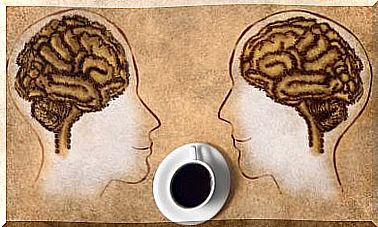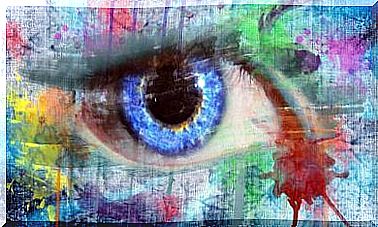The Brain Of Children With An Autism Spectrum Disorder
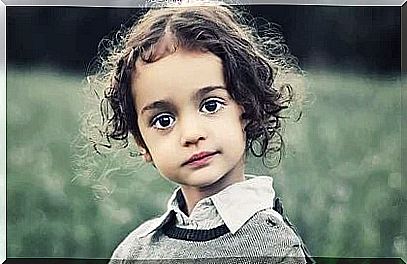
If the brains of children with Autism Spectrum Disorder were a house, there would be deafening noise in every room, complex wiring, and walls through which almost every stimulus passes. This excess of synapses or neural connections creates very special features in the individual patient, so that there are seldom two comparable cases.
It doesn’t matter that science advances. It is of no use that we learn more each year about these neurodevelopmental disorders that affect a large part of our population. A lack of awareness, stereotypes, and myths that we hold onto let us miss much of what this group of people can offer us.
Children and teenagers with an autism spectrum disorder may display rigid behaviors that can test us, no question about it. They may have a privileged mind or have serious intellectual deficits. But in spite of this mysterious world to which they are at the mercy of without their own intervention, they surprise us with their strengths, needs, with their sensitivity and affection.
We also admire their families. This love, tireless and always full of energy, which not only fights against stereotypes, but also tries to form alliances with other social actors: with doctors, psychologists, teachers and other groups of people who are completely dedicated to these children.
Therefore , one way to help them understand a little better is that reality that is going on in their brains, those minds that at some point in their development, for reasons as yet unknown, reached a point of no return. Let’s take a closer look at that.
“I hear you better when I’m not looking at you. Eye contact is uncomfortable. People will never understand the fight I have to fight to do this. “
Windy Lawson
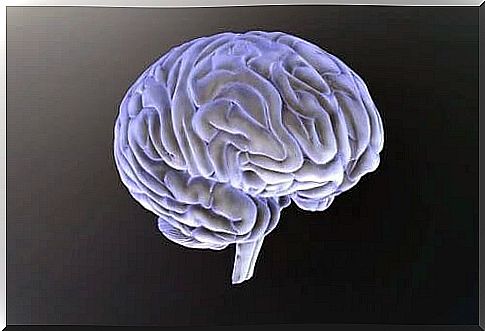
Hyperconnectivity in the brain of children with autism spectrum disorder
In 2014, a revealing study was carried out at Columbia University (New York, USA). The results were published in the journal Neuron and reveal two interesting and hopeful aspects:
- The first relates to the specificity of the brain in children with Autism Spectrum Disorder, which we have already pointed out: the presence of an excess of synapses, or connections between neurons.
- The second has to do with an experimental treatment that might regulate this hyperconnectivity.
We must also not forget that in addition to this synaptic singularity there are other special features, such as changes in communication between different brain areas. Let us now analyze these features in detail.
The problem with the synaptic cut
From our embryonic stage to around 2 years of age, an amazing process takes place in our brain: synaptogenesis. At this stage, up to 40,000 new synapses are created per second!
- During these months, children have more neurons than they need. Therefore , gradually, as the brain specializes, the most useful connections are myelinated and the rest are eliminated.
- This synaptic cut takes place mainly in the cerebral cortex. In this way, the processes that regulate executive functions such as thinking, analyzing, reflecting, paying attention, etc. are strengthened.
- During puberty, almost half of the cortical synapses are broken down.
- In the study carried out at Columbia University , it was found that in children with autism spectrum disorder this synaptic cut only reached 16% of the synapses, i.e. significantly fewer connections were broken down.
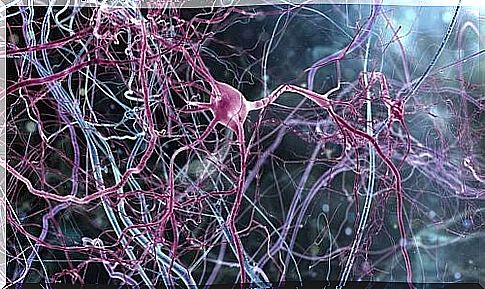
The corpus callosum and cerebral communication
The brains of children with autism spectrum disorder show other abnormalities. In this case we are referring to a structure that is as relevant as it is significant, the corpus callosum.
- This structure is the key to communication between the different regions of the brain.
- Lynn Paul, a researcher at the California Institute of Technology (California, USA), points out that various changes can be observed in the corpus callosum of autistic children. These mean, among other things, that patients have problems with daily social interactions, do not know how to handle various types of information, misinterpret impressions, and have a more rigid mental focus.
Brain heterogeneity in children with autism spectrum disorder
Studies such as those at the Yonsei University of Medicine in Seoul, South Korea, show that the findings to be collected in neuroimaging are very heterogeneous. It is clear that in children with Autism Spectrum Disorder there are structural and functional abnormalities in brain development and that these are very significant. However, two brains can rarely be viewed as comparable.
- This suggests that every brain undoubtedly has specifics within the autistic spectrum.
- There is also a genetic basis that affects the neural circuitry and the way the regions of the brain communicate with each other, so there are children with greater intellectual potential and others with more serious problems with communicative processes.
- The brains of children with autism spectrum disorder also show abnormalities in the processing of social and emotional stimuli.
- However, that does not mean that they do not feel emotions, on the contrary. You need them, and you need to feel loved, supported, and validated too. However, they don’t know how to respond to affection.
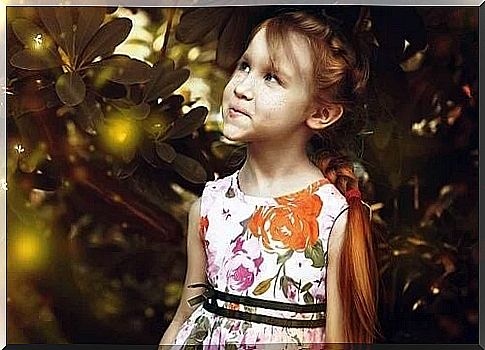
Conclusion
The mTOR protein is currently being studied, which various studies have shown to obstruct the synaptic cut necessary for the brain to specialize and create stronger neuronal connections. So far, however, there is nothing conclusive. Therefore , we can only familiarize ourselves with the topic and concentrate on getting to know the special needs of those children and reacting to them as best as possible in order to adapt to their special characteristics.
Fortunately , we have more and more experts who specialize in this topic, who care for this 1% of the population and who work to ensure that we can better understand the reality of those affected.
Because let’s remember that they may seem listless and elusive. They may not like it when we touch them or even look at them. But they are there and love us, they need us and they smile with interest from the spiritual spaces in which they live in the midst of this noisy world and which are too full of stimuli for them.




